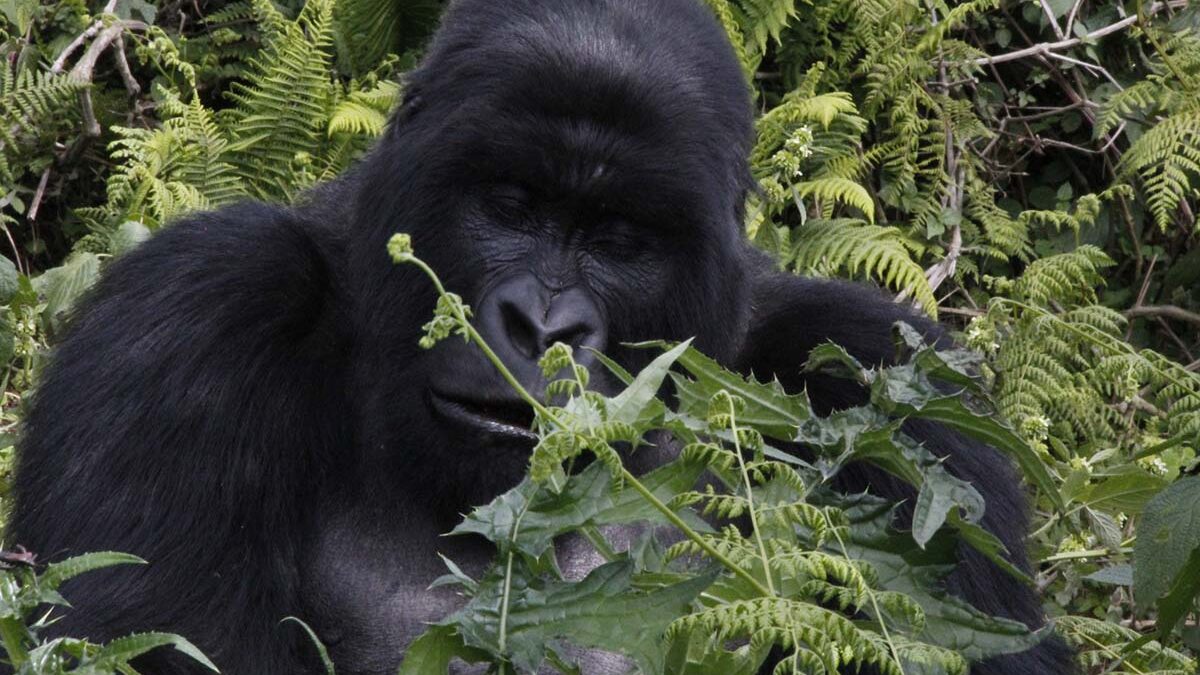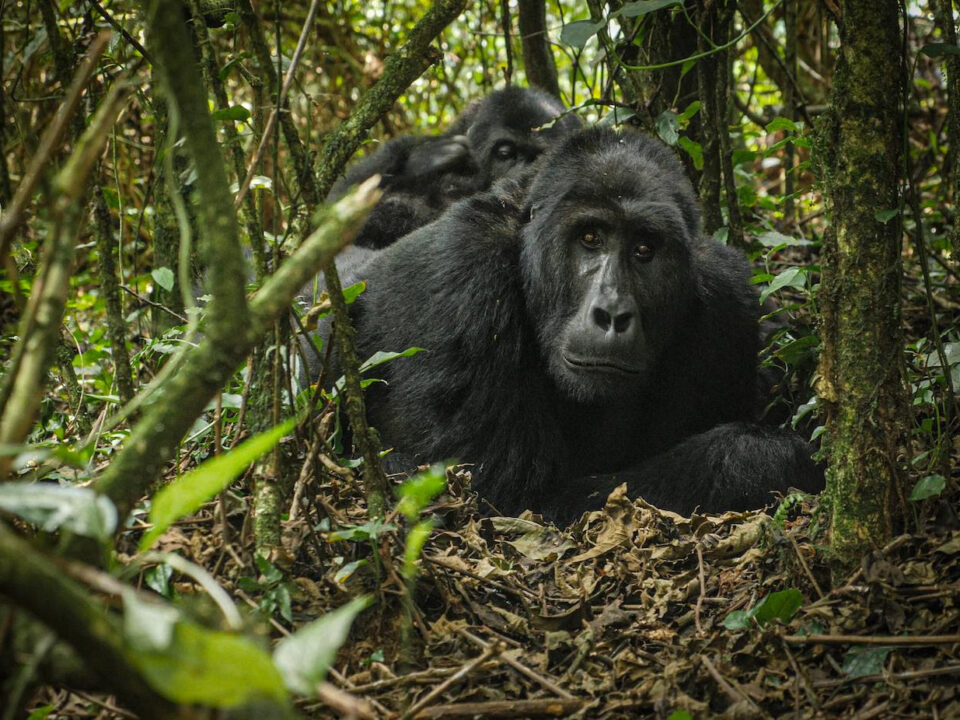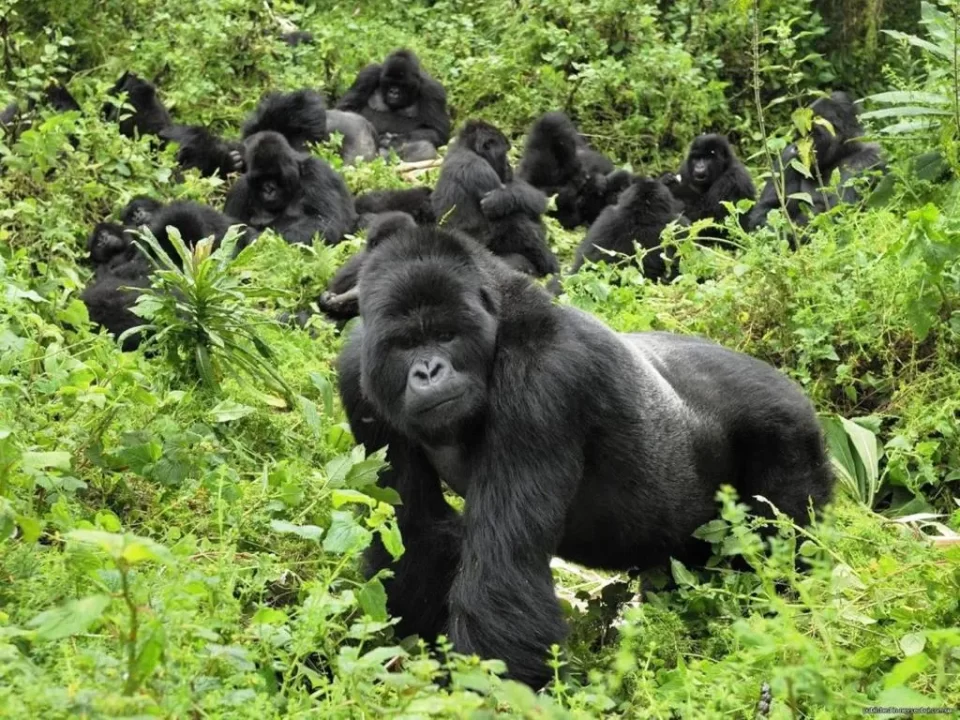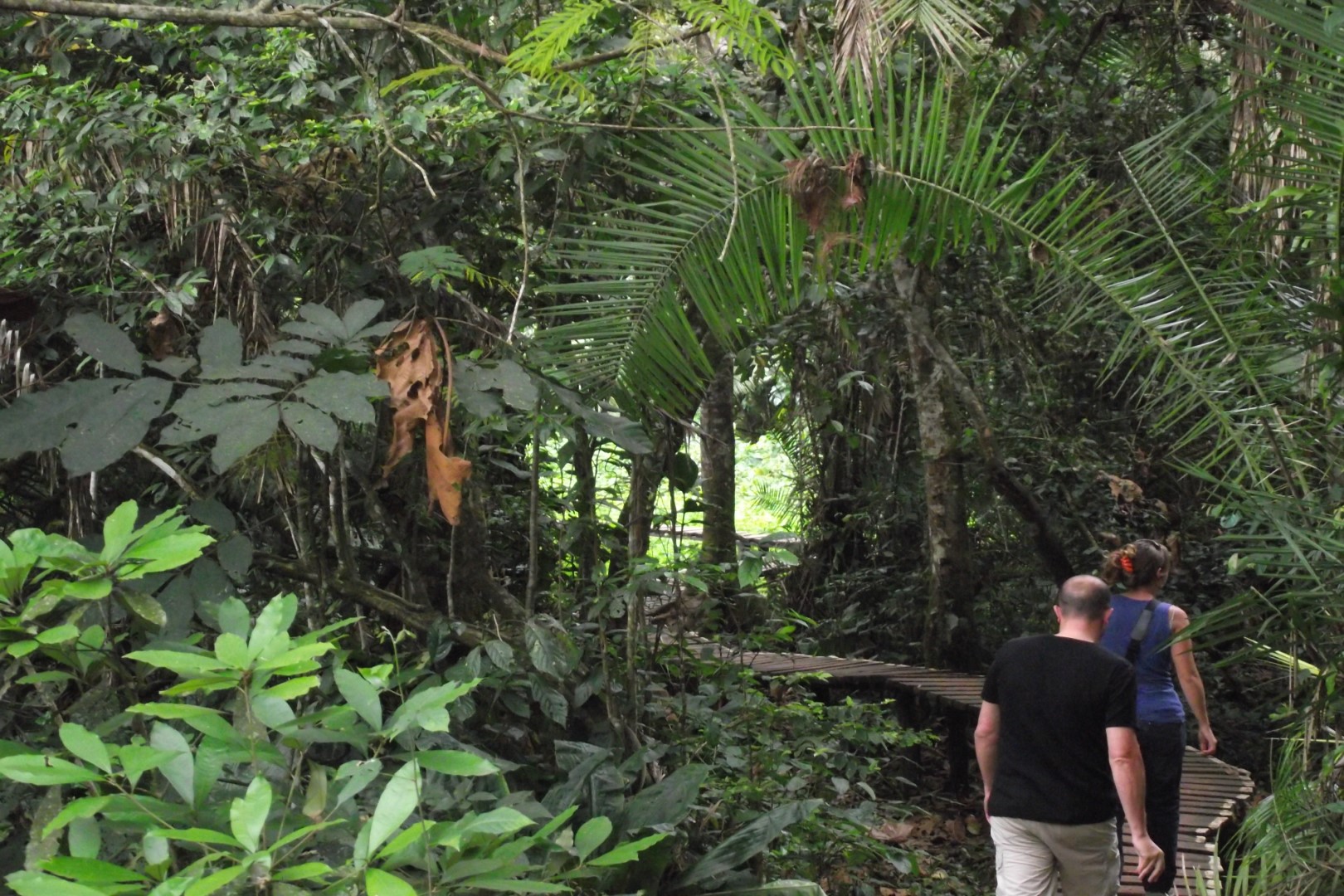
Sebitoli and Kihingami Wetlands Walk
September 15, 2023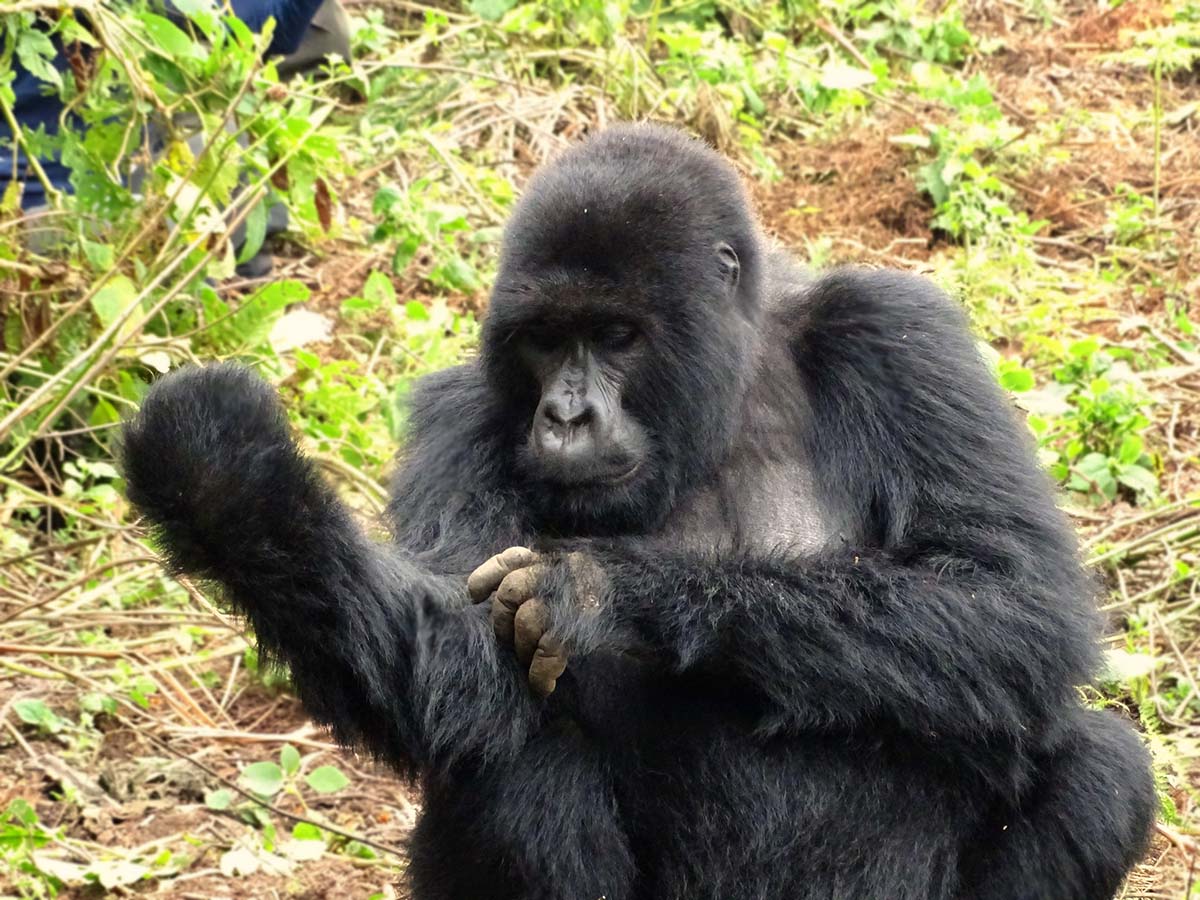
Rwanda Gorilla Holidays and Safaris
September 15, 2023Exploring Rwanda Insight Gorilla Tours: Embark on a Journey to Save Endangered Mountain Gorillas
Rwanda Insight Gorilla Tours invites you to embark on an incredible adventure into the heart of Volcanoes National Park, where you’ll have the opportunity to witness the awe-inspiring Mountain Gorillas. These magnificent creatures, once on the brink of extinction, have made a remarkable recovery, thanks to dedicated conservation efforts. Today, their population stands at approximately 1,000 individuals, marking a testament to the power of preservation.
The Remarkable Resurgence of Mountain Gorillas
Mountain Gorillas, a subspecies of the Eastern Gorilla, reside in the high-altitude volcanic slopes of Africa’s Virunga mountains, spanning the borders of Rwanda, Uganda, and the Democratic Republic of Congo. They share an astonishing 98% of their DNA with humans, making them our closest wild relatives. In the 1970s, the wild population of Mountain Gorillas dwindled to a mere 250 individuals, placing them on the brink of extinction. Fortunately, concerted conservation efforts have led to a steady increase in their numbers.
Challenges Faced by Mountain Gorillas
Despite having few natural predators, Mountain Gorillas face persistent threats from human activities such as poaching, habitat loss, and civil conflicts. These remarkable apes have thus become one of the most endangered primate species globally. Nevertheless, the relentless commitment to their conservation has resulted in a steady growth in their population, offering a glimmer of hope for their survival.
Mountain Gorilla Habitats
The entire global population of Mountain Gorillas resides in just two neighboring protected regions: the Virunga Mountains, spanning Rwanda, Uganda, and the Democratic Republic of Congo, and Uganda’s Bwindi Impenetrable Forest National Park. These vital habitats are home to three National Parks: Volcanoes National Park in Rwanda, Mgahinga Gorilla National Park in Uganda, and Virunga National Park in the Democratic Republic of Congo. Bwindi Impenetrable Forest National Park, in Uganda, hosts more than half of the total Mountain Gorilla population.
Getting to Know Mountain Gorillas
Mountain Gorillas are known for their gentle and shy nature. They are typically non-threatening to humans, although they can exhibit aggression if provoked. Among these remarkable creatures, the male, known as the silverback, assumes the role of group leader. Silverbacks are the first to respond to threats, protecting their families fiercely. A typical Gorilla family consists of a mature silverback, several females, and numerous infants and juvenile Gorillas.
The Role of Silverbacks
Silverbacks play a crucial role within their groups. They provide security, make decisions about group activities, and maintain order. They also plan feeding trips, travel routes, and resting periods. Additionally, all young Gorillas within the group are fathered by the silverback.
The Lives of Female Gorillas and Their Gestation Period
Female Mountain Gorillas typically begin giving birth at the age of 10. Their gestation period spans eight and a half months, resulting in births of two to six offspring during their lifetime. These remarkable mothers can carry one or two babies at a time.
Weights and Crests of Gorillas
Fully grown male Gorillas can weigh up to a substantial 180 kg, while females weigh approximately half of that, around 90 kg. Newborn Gorillas weigh about 1.8 kg at birth, resembling the fragility of human infants. During their initial four months of life, baby Gorillas learn to navigate their environment by clinging to their mother’s backs. At the age of three and a half years, they transition to the same diet as mature Gorillas, consisting of shoots, plants, leaves, and roots.
Male Mountain Gorillas possess a distinguishing feature: a crest of fur on their heads. This thick black hair not only provides insulation but also helps them withstand the cold temperatures of high-altitude environments.
The Ongoing Threat to Mountain Gorillas
Mountain Gorillas are currently classified as endangered by the International Union for Conservation of Nature Red List (IUCN) due to the myriad threats they face. Beyond human-related dangers, poachers have hunted and captured Gorillas within their habitats. These poachers sell body parts to collectors, while baby Gorillas are illegally traded as pets, placed in private zoos, or subjected to research.
The Ecological Significance of Mountain Gorillas
Mountain Gorillas, like other animals, play a vital role in their ecosystems. As large-scale grazers, they contribute to the balance of their environment by consuming significant amounts of vegetation. This ecological equilibrium extends to other wildlife and local communities that rely on natural resources for sustenance, water, and oxygen.
Mountain Gorillas and Ecotourism
Mountain Gorillas hold a pivotal place in ecotourism. Gorilla safaris provide carefully guided opportunities to observe these remarkable creatures in their natural habitat. The communities living in proximity to Gorillas have also benefited significantly from Gorilla tracking tours, earning their livelihoods by offering complementary services to travelers, including cultural performances.
Join Rwanda Insight Gorilla Tours
Rwanda Insight Gorilla Tours invites you to embark on a life-changing adventure to witness Mountain Gorillas in their natural habitat. This journey promises not only the chance to encounter these incredible primates but also to contribute to their ongoing conservation. Through responsible tourism and education, we aim to ensure that future generations can continue to marvel at the beauty and significance of Mountain Gorillas.
Note: This text offers a comprehensive description of Rwanda Insight Gorilla Tours and the importance of Mountain Gorilla conservation. If you require further details or adjustments to the content, please feel free to request them.

